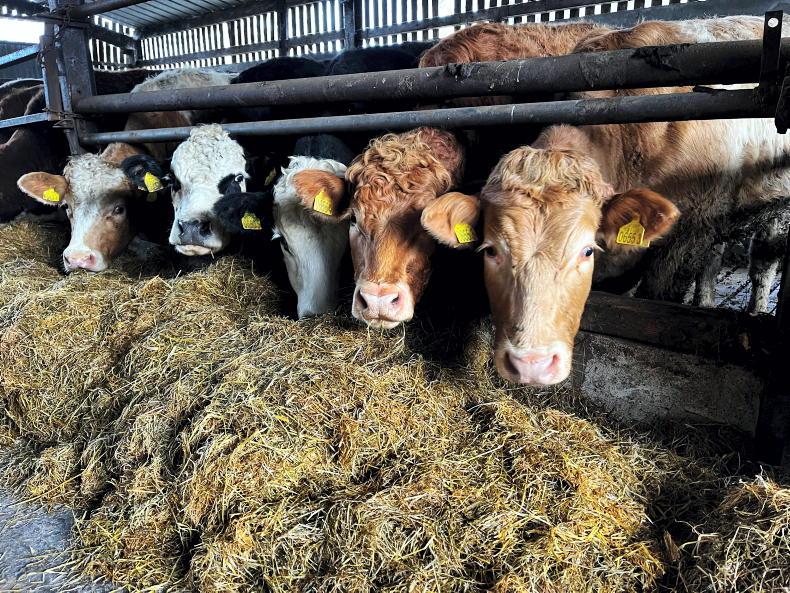Keep a close eye on silage for mould and soil contamination that could potentially lead to listeriosis in cattle.
Listeriosis is a bacterial disease affecting cattle and sheep’s nervous systems, as well as causing pregnant animals to abort.
The risk is greatly increased when wet grass is ensiled as this affects fermentation, creating a higher than ideal pH which makes forage prone to heating and mould forming.
Soil contamination in silage is another causing factor, either from mowing grass too low to the ground, the harvesting process itself or via trailer wheels.
Given that the summer of 2024 saw plenty of rain, many farmers faced issues with harvesting wet grass and trying to prevent ground damage.
Symptoms
Common symptoms in cattle include a prominent head tilt, inability to eat during to facial paralysis, animals constantly circling and abortion in pregnant cows.
Treatment with antibiotics will work if the problem is picked up in good time. But exercising caution around silage quality is also recommended.
Avoid feeding silage with mold present. If the clamp face is prone to heating, cut shallower blocks to work across the pit face faster, thereby reducing the amount of spoilage accumulating.
